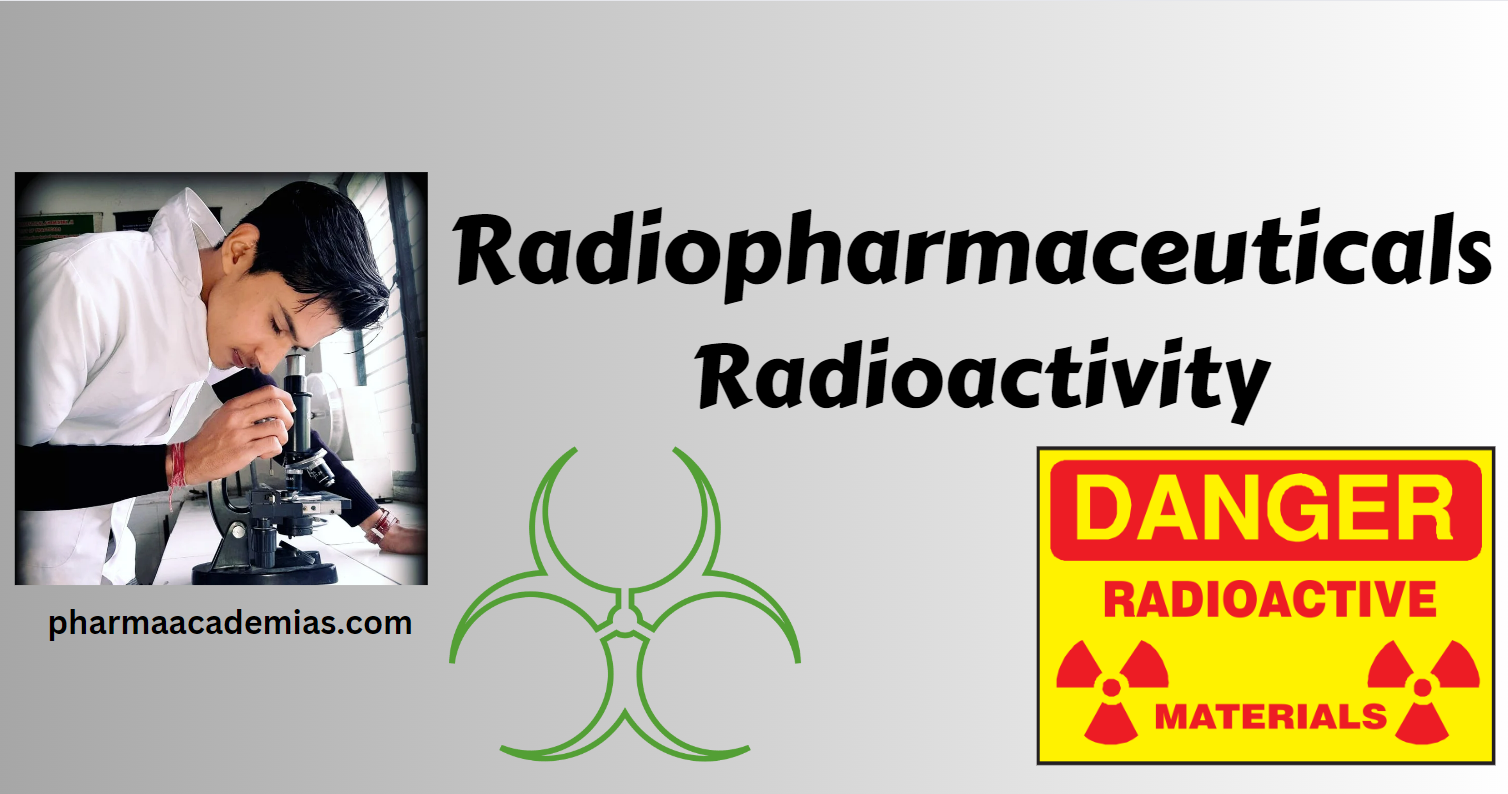Radiopharmaceuticals are pharmaceutical formulations containing radionuclides (radioactive isotopes) that emit gamma rays or positrons. Nuclear medicine designs these compounds to diagnose or treat various medical conditions. Radiopharmaceuticals incorporate a biologically active molecule (typically a drug or a biological targeting molecule) with a radioactive isotope, creating a compound that imaging techniques can trace within the body.
Radioactivity
Radioactivity is the spontaneous emission of particles or energy from an unstable atomic nucleus. Atoms become radioactive when the forces within their nuclei are not balanced, leading to an unstable state. The release of particles or energy during radioactive decay transforms the atomic structure, creating a new, more stable element.
Key Points
1. Unstable Nuclei
At the atomic level, certain isotopes (variants of an element with the same number of protons but different numbers of neutrons) have inherently unstable nuclei. These unstable nuclei seek to achieve a more balanced configuration through radioactive decay.
2. Types of Radioactive Decay
Alpha Decay: Involves the emission of an alpha particle (two protons and two neutrons).
Beta Decay: Involves the transformation of a neutron into a proton or vice versa with the emission of a beta particle (an electron or positron).
Gamma Decay: The emission of gamma rays is very high-energy electromagnetic radiation.
3. Natural and Artificial Radioactivity
Natural Radioactivity: Certain elements exhibit natural radioactivity, observed in various elements in the Earth’s crust.
Artificial Radioactivity: Humans can induce radioactivity in certain elements through processes like nuclear reactions in reactors or particle accelerators.
4. Half-life
Each radioactive isotope has a characteristic half-life, which is the time it takes for half of a sample of the isotope to undergo radioactive decay. Half-life is an essential parameter in understanding the stability and persistence of a radioactive substance.
5. Detection and Measurement
Geiger-Muller Counters: Instruments like Geiger-Muller counters are commonly used to detect and measure radioactivity.
Dosimetry: Monitoring devices and dosimeters measure the amount of radiation exposure, providing information for safety assessments.
6. Applications
Medicine: Radioactive isotopes are used in medical imaging (e.g., X-rays, CT scans) and cancer treatment (radiotherapy).
Industry: Industries actively use radioactive sources for applications such as testing materials for flaws and gauging thickness.
Energy: Nuclear power plants use controlled nuclear reactions for electricity generation.
6. Applications
Ionizing Radiation: Radioactive decay produces ionizing radiation, which can cause damage to living tissues.
Protective Measures: To minimize the risks associated with radioactivity, practitioners employ safety measures such as shielding, maintaining distance, and imposing time limits of exposure.
Understanding radioactivity is crucial for various scientific, medical, and industrial applications and for implementing safety measures to protect individuals and the environment from potential hazards.

